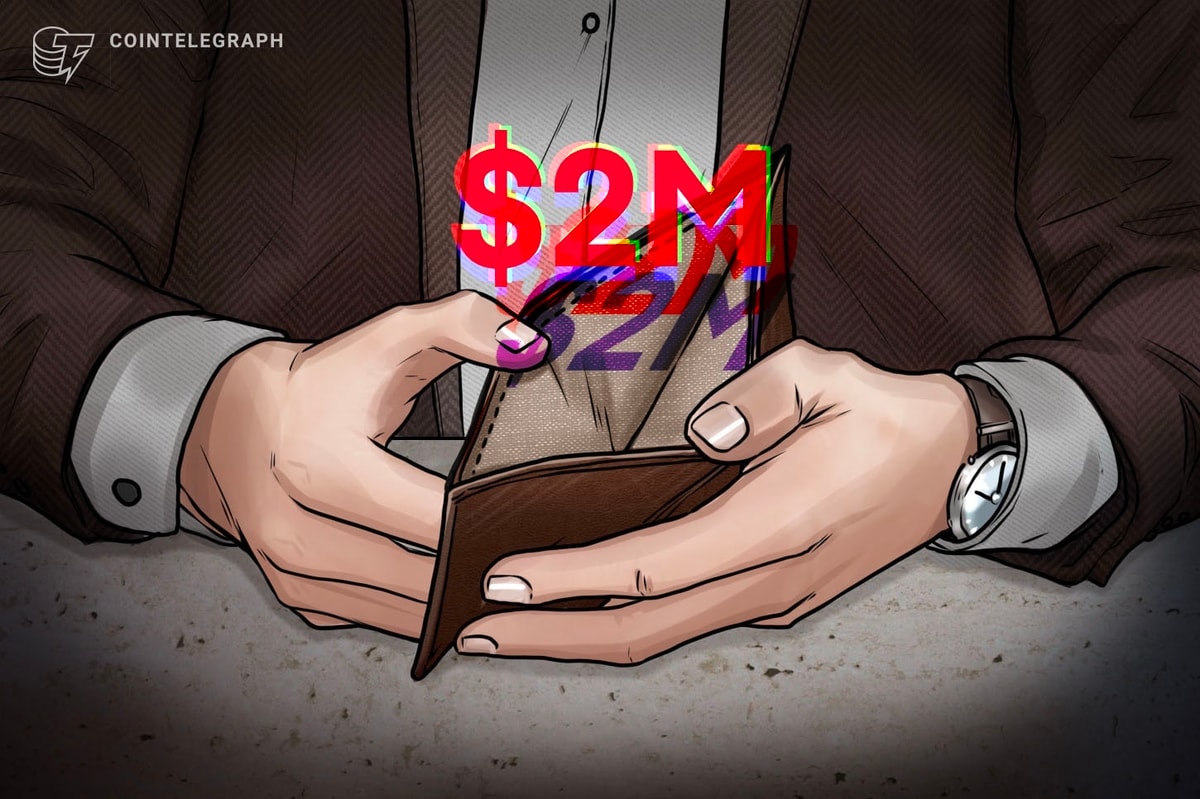Interoperable payment technologies supported by regulation will be needed to prevent the metaverse from becoming fragmented and dominated by powerful private interests, a study by the Bank for International Settlements (BIS) said.
Interest in immersive computer-generated environments, otherwise known as the metaverse, peaked in early 2022, with Facebook changing its name to Meta. “It is not a foregone conclusion that the metaverse will achieve widespread adoption,” the BIS authors said. Some of its use cases were distinctly “gimmicky,” but even then, the connection to the real world was strong:
“The volume of [metaverse] land sales has so far correlated with real estate prices in the real world. […]. Yet it also correlates strongly with the price of Bitcoin, […] suggesting that speculation is a key motive.”
Some uses continue to develop, and big investors remain interested in the sector. Gaming, e-commerce, education and healthcare are growth fields in the metaverse. Even conservative estimates put the value of the metaverse market in the trillions of dollars by the end of the decade.

The study divides the metaverse into centralized and decentralized platforms. In the centralized case, the platform is owned by corporations that “make all decisions on how payments work in the platform.” The platform’s payment system is centralized and controlled by the operator regardless of the payment method. This type of platform has a native token that can be manipulated to maintain stability or limit users’ transactions. Roblox’s Robux and Second Life’s Linden dollar are examples.
Related: Meta’s Reality Labs sets quarterly revenue record but lost over $4B
Decentralized platforms, such as Decentraland and The Sandbox, depend on cryptocurrency exchanges to connect them with the larger economy. There are other payment methods that could rise to prominence, such as tokenized deposits and central bank digital currencies. CBDCs, in particular, would serve well to facilitate cross-border applications. The study stated:
“These systems might provide only an illusion of decentralisation.”
The authors cited other research that showed users often have little concern for the technical aspects of metaverse governance and value usability above all else. They added that the decentralized metaverse is “tiny” in comparison to the centralized one.
What is the potential economic impact of services in the #Metaverse? Widespread adoption of tech like #VR and #AR could mean a blurring of lines between tradables and non-tradables, greater cross-border integration and new demands on payment services https://t.co/xoSv1tF9gx pic.twitter.com/TGiuXVlpN0
— Bank for International Settlements (@BIS_org) February 7, 2024
The metaverse has the potential to alter the world economy by making the price of services less geographically based (“blurring the lines between the tradable and non-tradable sectors of the economy”), encouraging international geographic integration, and transforming the labor market. To take advantage of the potential benefits of the emerging metaverse, central banks and regulators should take note, the authors said:
“To prevent virtual environments and money from becoming fragmented and dominated by powerful private firms, authorities may wish to reinforce efforts to promote more efficient, interoperable payments that can fulfil user demands.”
At 29 pages, the study was information-dense and marked by exceptionally clear language and argument structure.
Magazine: Designing the metaverse: Location, location, location











